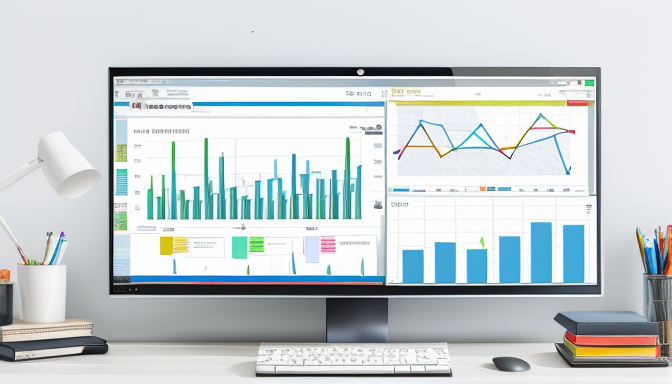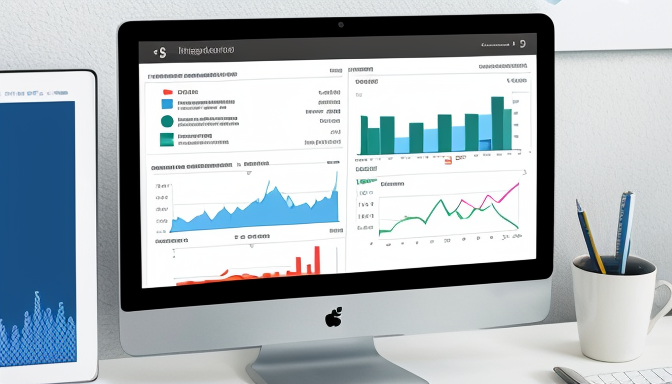
Google Maps SEO
Google Maps SEO , In today’s digital landscape, understanding how to is essential for any business aiming to enhance its local search visibility. Think of it this way: if you don’t know where you stand, how can you plan your journey? By keeping a close eye on these metrics, you can uncover valuable insights that will guide your strategies and ultimately drive more traffic to your business.
So, what exactly are these Maps SEO metrics? They are data points that reflect how well your business is performing on mapping services like Google Maps. These metrics can include your search rankings, click-through rates, and even customer actions like calls or requests for directions. Monitoring these metrics regularly can help you understand which areas of your local SEO strategy are working and which need a little more love.
Why is it so important to ? Well, imagine you’re on a road trip. You wouldn’t just drive aimlessly, right? You’d check your map or GPS to see where you are and where you need to go. Similarly, tracking these metrics helps you navigate the digital landscape effectively. It allows you to see the bigger picture and make informed decisions based on real data rather than guesswork.
To get started, you might want to focus on a few key metrics:
- Search Visibility: How often does your business appear in local search results?
- Click-Through Rate (CTR): Are users clicking on your listing when they see it?
- Customer Actions: Are people calling you or requesting directions?
By regularly observing these metrics, you can identify trends and patterns that reveal how your business is performing. This is where the magic happens. You can tweak your strategies based on what the data tells you. For instance, if you notice a drop in your search visibility, it might be time to revisit your keywords or optimize your Google My Business profile.
In conclusion, tracking Maps SEO metrics is not just a task; it’s a vital part of your business strategy. It’s about understanding your audience and improving your online presence. The more you know, the better you can adapt and grow. So, make it a habit to check these metrics regularly. Your business deserves it!

Observe Maps SEO Metrics Regularly
Regular observation of Maps SEO metrics is crucial for understanding how well your business is performing in local searches. Think of it like checking the weather before heading out. If you know it’s going to rain, you grab an umbrella. Similarly, by keeping an eye on your metrics, you can make informed decisions that improve your visibility and drive more traffic to your business.
So, what metrics should you be watching? Here are the key ones:
- Search Visibility: How often does your business appear in local search results?
- Click-Through Rate (CTR): Are people clicking on your listing when they see it?
- Reviews and Ratings: What are customers saying about you?
- Driving Directions Requests: How many people are asking for directions to your location?
Each of these metrics tells a part of your story. For instance, if your search visibility is high but your CTR is low, it might mean that while people see your business, they aren’t interested enough to click. This could be due to a lackluster description or poor reviews. It’s like having a great storefront that no one wants to enter.
Furthermore, frequent monitoring allows you to spot trends. Maybe you notice that your driving directions requests spike on weekends. This could lead you to adjust your staffing or promotions accordingly. It’s all about being proactive rather than reactive.
To help you get started, here’s a simple table that outlines how often you should check each metric:
| Metric | Recommended Check Frequency |
|---|---|
| Search Visibility | Weekly |
| Click-Through Rate (CTR) | Bi-weekly |
| Reviews and Ratings | Daily |
| Driving Directions Requests | Weekly |
In summary, observing Maps SEO metrics regularly is not just a task; it’s a vital part of your local SEO strategy. By keeping a close eye on these key indicators, you can make informed decisions that enhance your online presence. Remember, it’s all about understanding the story behind the numbers. So, keep your eyes peeled, and let the data guide your way!

Interpret Maps SEO Metrics Trends
When it comes to Maps SEO metrics, understanding trends is like having a treasure map. It guides you to hidden opportunities and helps you avoid pitfalls. But how do you interpret these trends effectively? It’s not just about looking at numbers; it’s about understanding what those numbers mean for your business.
First, let’s talk about the key metrics you should be focusing on. These include:
- Search Visibility: How often does your business appear in map searches?
- Click-Through Rate (CTR): Are people clicking on your listing?
- Customer Actions: Are users calling, visiting, or getting directions to your business?
By regularly monitoring these metrics, you can start to see trends. For example, if your search visibility is increasing but your CTR is stagnant, it might indicate that your listing needs a little sprucing up. Perhaps your business description isn’t compelling enough, or maybe your photos don’t catch the eye.
Let’s dive deeper into the interpretation of these trends. Imagine you notice a spike in customer actions during a specific month. What could that mean? It might be due to a seasonal promotion, a new product launch, or even a local event. Understanding the context behind these spikes is crucial. It’s like piecing together a puzzle; each piece gives you a clearer picture of your performance.
Additionally, consider the geographical aspect of your metrics. Are certain areas performing better than others? This can guide your local marketing efforts. For instance, if one neighborhood is driving more traffic, you might want to focus your advertising efforts there. Think of it as fishing in a pond where the fish are biting.
To make sense of these trends, it’s also helpful to visualize them. Creating a simple table can be beneficial. Here’s an example:
| Month | Search Visibility | CTR | Customer Actions |
|---|---|---|---|
| January | 75% | 5% | 100 |
| February | 80% | 6% | 150 |
| March | 85% | 4% | 120 |
In this table, you can easily spot trends over time. This visual representation makes it easier to interpret what’s happening with your Maps SEO metrics. Remember, the goal is not just to collect data but to extract actionable insights that can drive your business forward.
In conclusion, interpreting Maps SEO metrics trends is all about digging deeper. Look beyond the surface. Connect the dots. Understand the story behind the numbers. By doing this, you can make informed decisions that enhance your local search visibility and ultimately drive more traffic to your business.

Report Maps SEO Metrics Clearly
When it comes to reporting Maps SEO metrics clearly, clarity is your best friend. Think of it like telling a story. You want your audience—whether it’s your team, clients, or stakeholders—to understand the plot without getting lost in the details. So, how do you achieve that? First, focus on the key metrics that matter. These should be the ones that truly reflect your performance in local search. For instance, monitor your visibility, click-through rates, and user engagement. Each of these metrics tells a part of the story.
Next, consider the format of your report. A well-structured report can make all the difference. Use headings, bullet points, and tables to break down complex information. This not only enhances readability but also keeps your audience engaged. Here’s a simple table example to illustrate key metrics:
| Metric | Current Value | Previous Value | Change (%) |
|---|---|---|---|
| Visibility | 75% | 70% | +5% |
| Click-Through Rate | 12% | 10% | +2% |
| User Engagement | 300 interactions | 250 interactions | +20% |
Now, you might be wondering, “How do I make this data relatable?” That’s where storytelling comes back into play. Instead of just throwing numbers at your audience, explain what they mean. For example, if your visibility increased by 5%, share that this could lead to more customers finding you online. Make it personal. Perhaps you received feedback from a new customer who found you through Maps. This anecdote can help illustrate the impact of your metrics.
Lastly, always end your report with actionable insights. What do these metrics suggest? What steps should be taken next? This not only shows that you’re on top of your game but also helps in strategic planning. Clear reporting of Maps SEO metrics is not just about numbers; it’s about weaving those numbers into a narrative that drives action and improvement.
In summary, when you , remember to keep it simple, structured, and insightful. Your audience will appreciate the clarity, and you’ll foster better decision-making for future strategies.
Frequently Asked Questions
- What are Maps SEO metrics?Maps SEO metrics are key performance indicators that help businesses understand their visibility on map services like Google Maps. These metrics include factors such as search rankings, click-through rates, and user engagement, all of which are essential for optimizing local search performance.
- Why is it important to observe Maps SEO metrics regularly?Regular observation of Maps SEO metrics allows businesses to stay on top of their local search performance. By monitoring these metrics, you can identify trends, spot potential issues early, and make informed decisions to enhance your overall SEO strategy.
- How can I interpret trends in my Maps SEO metrics?Interpreting trends in your Maps SEO metrics involves analyzing changes over time. Look for patterns in user behavior, such as peak search times or common keywords. This analysis can reveal opportunities for improvement and help you tailor your strategy to meet customer needs more effectively.
- What are the best practices for reporting Maps SEO metrics?When reporting Maps SEO metrics, clarity is key. Use visual aids like graphs and charts to present data effectively. Ensure your reports highlight key insights and actionable recommendations, making it easy for stakeholders to understand your performance and the steps needed for improvement.
- How can I improve my Maps SEO performance?Improving your Maps SEO performance involves several strategies, such as optimizing your Google My Business listing, gathering customer reviews, and ensuring your business information is accurate and up-to-date. Regularly analyzing your metrics will also help you refine your approach over time.



